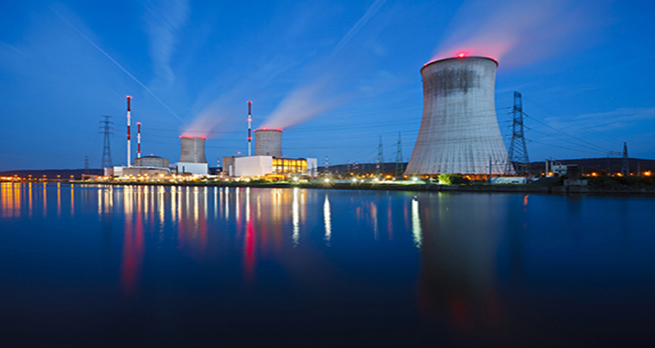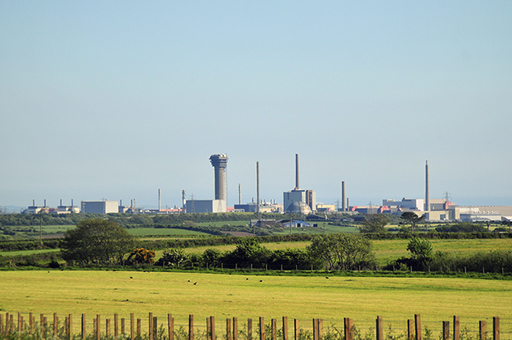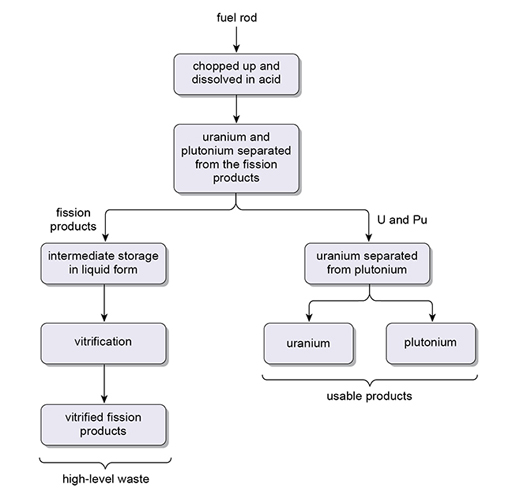2.3.5 Solution: reuse
Three ways that nuclear waste can be dealt with are reuse, transmutation and burial. The most common method is burial – you will look at this later. Some radioactive waste can be reduced by reprocessing, or reusing, some of the spent fuel.
Fuel reprocessing is a complex technological process which is only performed at a relatively small number of sites worldwide, for example, the COGEMA plant at La Hague in France and the Sellafield plant in Cumbria in the UK. If the fuel is to be reprocessed, it first needs to be transported to one of these sites.
On arrival at the site, the fuel is stored under water until it can be handled for reprocessing. The main reprocessing stages are summarised in Figure 19.
After being separated from the fission products, the uranium and plutonium are separated from each other. The plutonium may be combined with depleted uranium from an enrichment plant to form what is known as MOX (mixed oxide) fuel. MOX has similar characteristics to normal uranium dioxide fuel and it may be used in place of a proportion of this fuel in the same reactors. There are issues with the relative proportion of isotopes within MOX and such issues affect the economic viability of reprocessing fuel. The various stages of reprocessing spent fuel create a considerable quantity of high-, intermediate- and low-level waste themselves.
Aside from reprocessing, increased thought is given to other uses of waste. For example, the fission product molybdenum-99 decays to technetium which is used in medical tracers. Caesium 137 and strontium-90 can both be used in radiotherapy. Extraction of these useful isotopes is not always straightforward but will reduce the quantity of waste that needs storage.
In the next section, you will look at another solution – transmutation.


